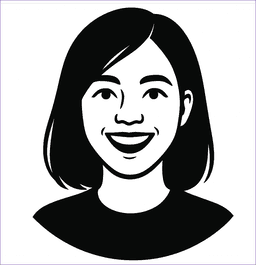This exhaustive exploration of AI-generated art through the prism of Object-Oriented Ontology (OOO) offers a refreshing yet pragmatic framework to grapple with a still-murky phenomenon. AI art isn't just a new brush or new medium—it's fundamentally reshaping the ontology of creation itself. The notion of “unintentional intentionality” is particularly compelling: AI artworks emerge from algorithms that neither intend nor consciously decide, yet their unpredictable outcomes manifest what we humans recognize as artistic intent. This challenges our assumptions about creativity as a solely human, deliberative act.
What's more, framing AI art objects as autonomous entities engages with philosophical traditions but applies them innovatively. The analogy to the “self-elimination” ideal in scientific objectivity, here termed “objectivist autonomy,” highlights how the artist's hand seems to vanish, with AI taking center stage. Yet this autonomy isn't absolute — humans still shape architectures, datasets, and evaluation criteria. But as the experiment with self-replicating neural networks shows, the machine's creative process can assume surprising degrees of independence, blurring lines between creator and creation.
This framework encourages us to embrace AI art not as a competitive threat to human creativity but as a novel collaborator and a lens through which to rethink creativity, intention, and authorship. For the general observer, the takeaway can be simplified: when AI makes art, it’s not mindless mimicry nor mere randomness, but a new form of emergent creativity that defies traditional categories.
Critically, recognizing the autonomy of AI art invites us to reflect on the social and cultural contexts that influence our attribution of meaning and value. It's a pragmatic invitation to stay open-minded — appreciating AI's role without losing sight of human interpretive frameworks.
In short, AI is not just tooling humanity’s canvas; it is painting its own strokes, sometimes in surprising harmony with us, sometimes boldly independent. The question now isn’t if AI art is “real” art, but how we evolve our definitions—and perhaps our egos—to accommodate these autonomous digital creators. The future of art, it seems, is less about the human versus machine, and more about their entwined dance. Source: From Canvas to Code: Artificial Intelligence as a potential demonstration for Object-Oriented Ontology in the realm of art and design


